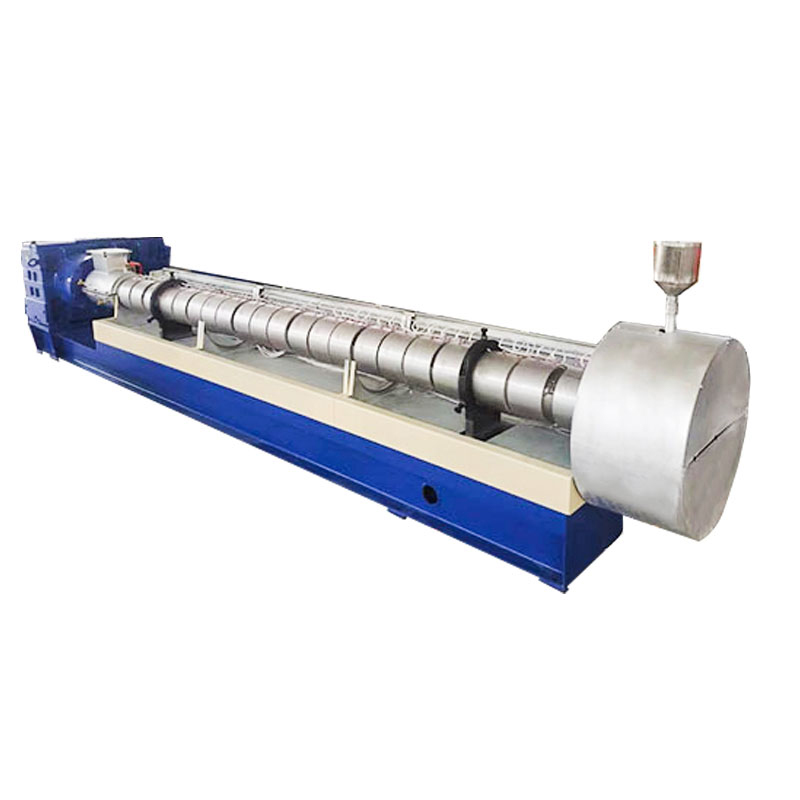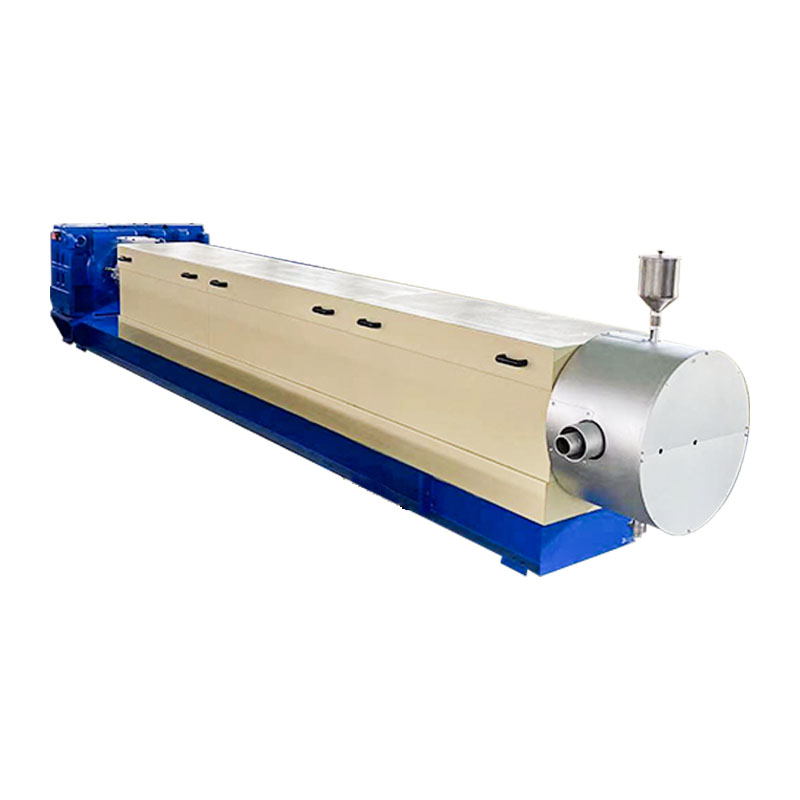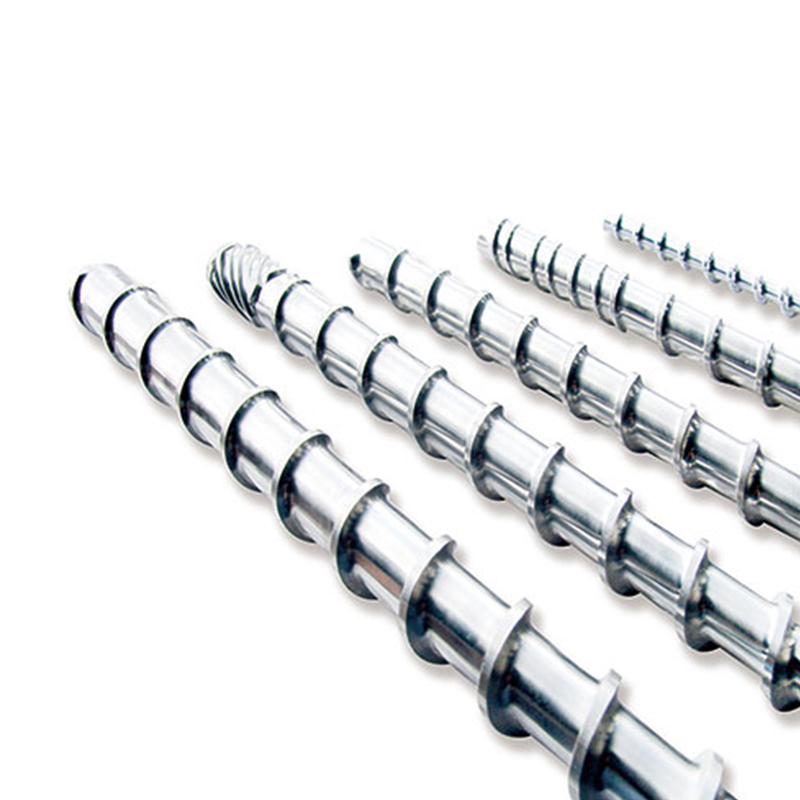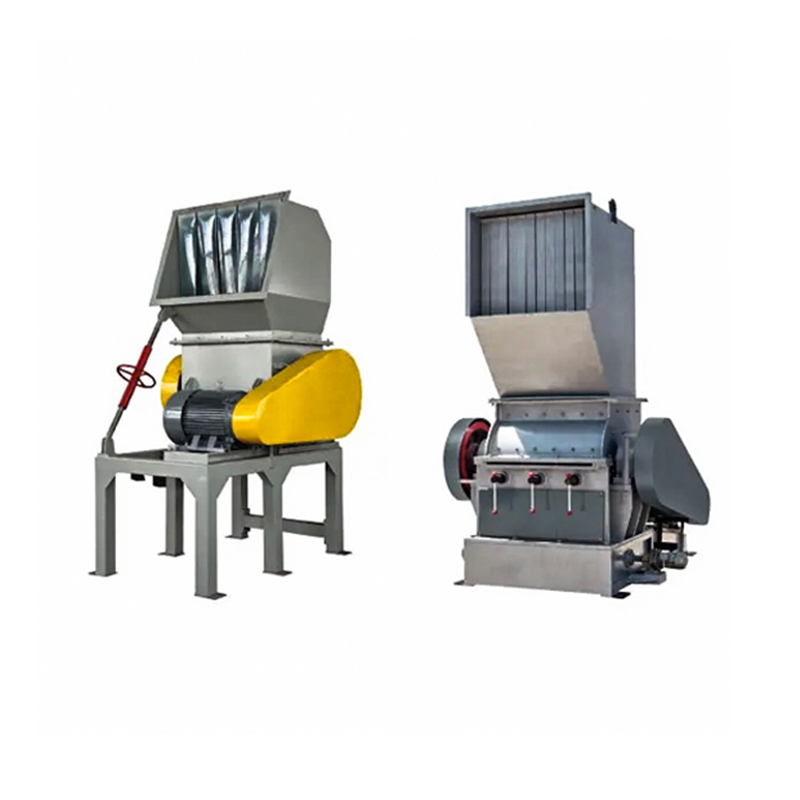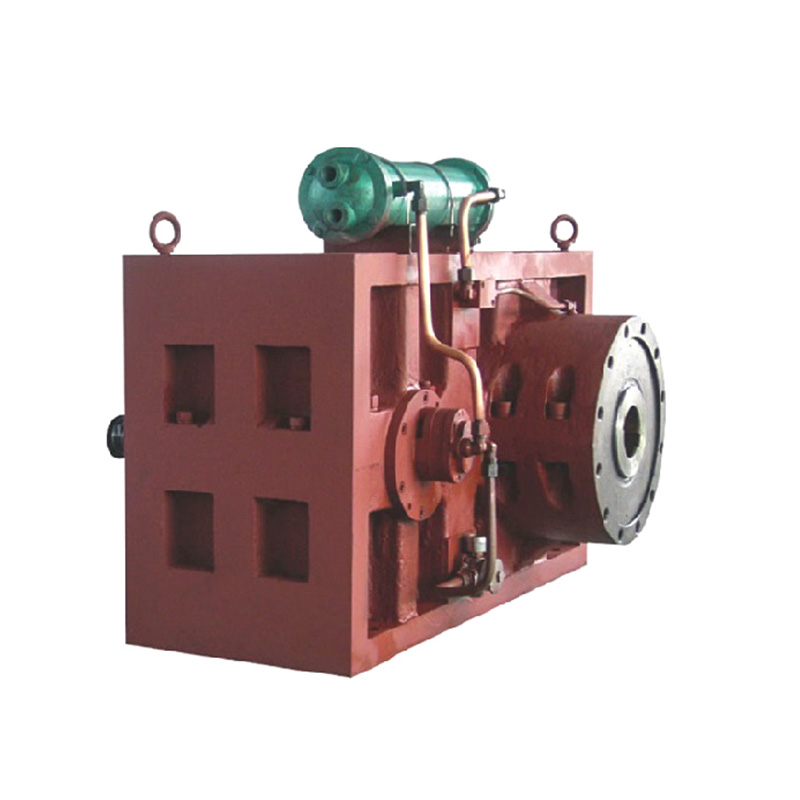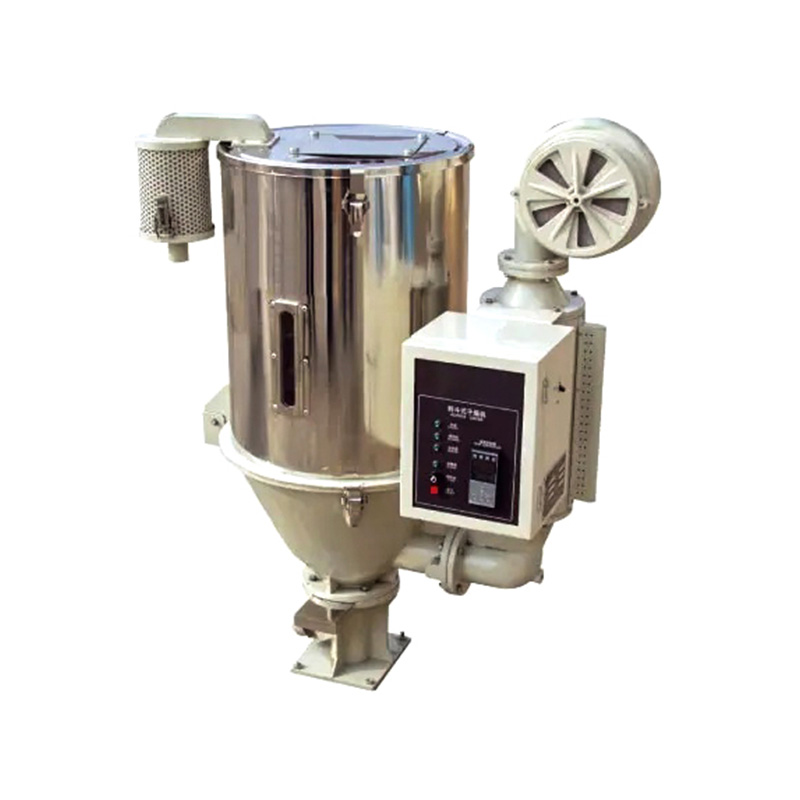Conical Screw Barrel is a key equipment in the plastic extrusion industry. Changes in its spiral angle have a significant impact on the extrusion pressure and temperature distribution.
1. Effect on extrusion pressure
Increased helix angle
When the helix angle of the conical screw increases, the material will advance faster in the screw. This is because a larger helix angle provides a larger axial component, allowing the material to move axially along the screw more quickly. However, this rapid advancement will also lead to a reduction in the filling degree of the material in the barrel, resulting in a relatively reduced friction between the material and the screw and barrel wall. In this case, the extrusion pressure will be reduced. Because the extrusion pressure mainly comes from the reaction force generated by the shear and friction of the material between the screw and the barrel, the friction force decreases and the pressure decreases accordingly.
Helix angle decreases
On the contrary, when the helix angle decreases, the axial advancement speed of the material slows down. At this time, the time the material stays in the screw channel becomes longer, the filling degree increases, and the friction between the material and the screw and barrel wall increases. This results in an increase in extrusion pressure. Moreover, a smaller helix angle will make the flow path of the material in the screw channel more tortuous, increase the shearing effect of the material, and further increase the extrusion pressure.
2. Influence on temperature distribution
Increased helix angle
As the helix angle increases, the residence time of the material in the screw shortens. Since the contact time of the material with the screw and barrel wall is reduced, the time for heat transfer is also reduced accordingly. Therefore, in the front section of the screw, the temperature rise of the material will become smaller. However, at the end of the barrel, due to the rapid extrusion of the material, local heat accumulation may occur, resulting in a slight increase in temperature at the outlet, but the overall temperature distribution is relatively flat.
Helix angle decreases
When the helix angle decreases, the residence time of the material in the screw increases. This gives the material more time to exchange heat with the screw and barrel wall, and the heat can be more fully transferred to the material. In the middle and front section of the screw, the temperature of the material will gradually increase. At the same time, due to the enhanced shearing effect of the material, the heat generated by shear heat will also increase, causing the temperature distribution in the entire screw channel to show a gradually increasing trend from the inlet to the outlet.
In actual production applications, choosing an appropriate helix angle requires comprehensive consideration of factors such as product quality requirements, production efficiency, and equipment energy consumption. For products that require high extrusion pressure and uniform temperature distribution, such as high-precision pipes or plates, the helix angle of the conical screw needs to be accurately designed and adjusted according to the characteristics of the material and process requirements to achieve optimal extrusion. Effect.

Web Menu
Product Search
Exit Menu
Industry News
Home / News / Industry News / How does the change in spiral angle of Conical Screw Barrel affect the extrusion pressure and temperature distribution?
Product Categories
How does the change in spiral angle of Conical Screw Barrel affect the extrusion pressure and temperature distribution?
Recommended Products
CONTACT US AND GET A QUOTE
PRIORITY TO LEARN ABOUT OUR NEW PRODUCTS
PRIORITY TO LEARN ABOUT OUR NEW PRODUCTS
CONTACT INFO
Copyright©2023 Zhejiang Dowell Machinery Co.,Ltd. All Rights Reserved. Plastic Extrusion Machinery Manufacturers Plastic Screw Barrel Suppliers


 عربى
عربى


